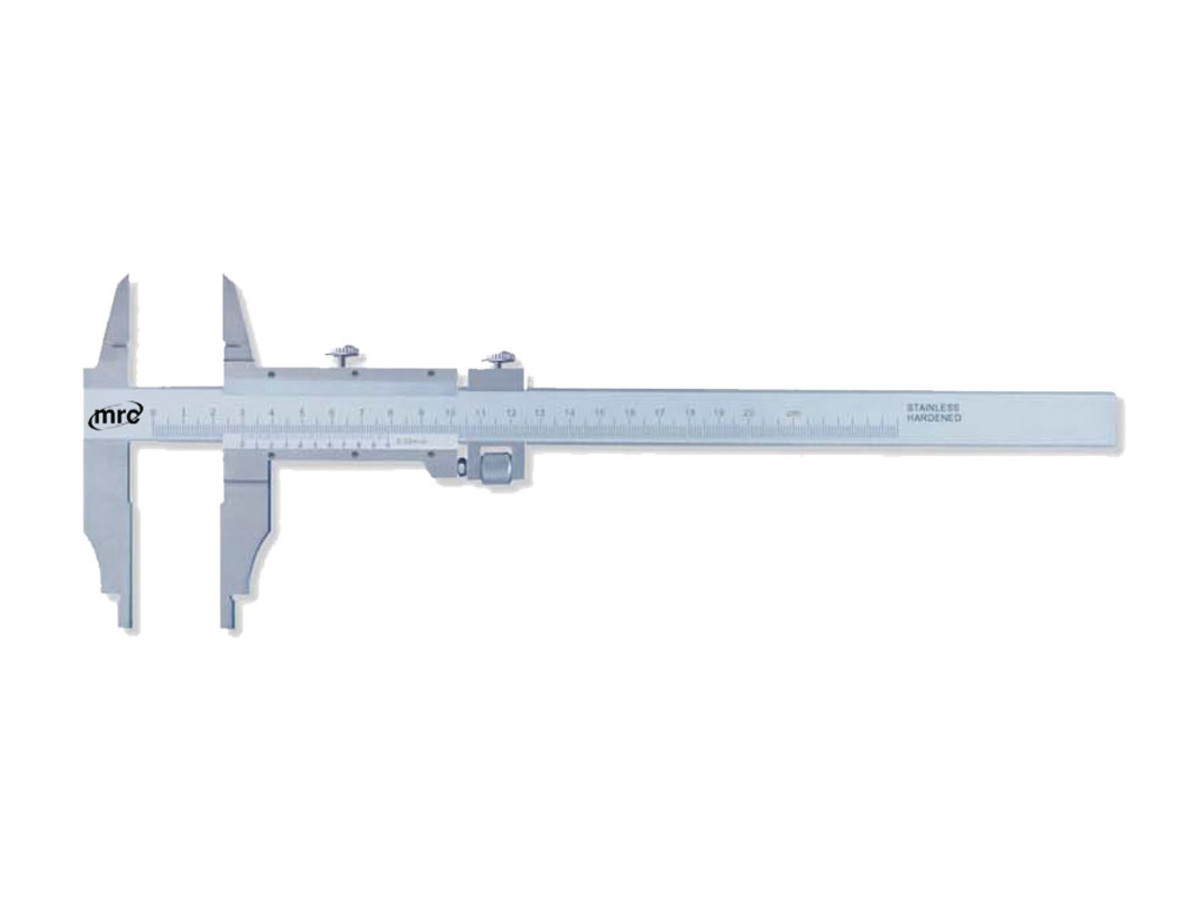

Articles
What Are The Two Types Of Calipers
Modified: May 6, 2024
Learn about the two types of calipers in this informative article, covering their functions, uses, and differences. Enhance your knowledge of caliper measurement techniques.
(Many of the links in this article redirect to a specific reviewed product. Your purchase of these products through affiliate links helps to generate commission for Storables.com, at no extra cost. Learn more)
Introduction
When it comes to precision measurements in various industries, calipers are indispensable tools. These devices are designed to accurately measure distances between two points, ensuring precision and accuracy in countless applications. Calipers come in different types and variations, each with its own unique features and applications.
In this article, we will explore the two main types of calipers: Type 1 Calipers and Type 2 Calipers. We will delve into the description of each type, highlight their distinguishing features, and discuss their applications in various industries. By understanding these two types of calipers, you will gain a deeper appreciation for their versatility and importance in the world of measurements.
So, without further ado, let’s dive into the fascinating world of calipers and explore these two types in detail.
Key Takeaways:
- Type 1 Calipers are versatile, durable, and widely used in industries such as machining, woodworking, and automotive for precise measurements of both inside and outside dimensions.
- Type 2 Calipers offer advanced digital accuracy, multiple measurement modes, and durability, making them essential tools in manufacturing, engineering, quality control, and scientific research.
Read more: What Are Calipers
Type 1 Calipers
Type 1 Calipers are one of the most commonly used calipers in various industries due to their simplicity and versatility. They consist of two primary jaws, one fixed and one movable, connected by a body or a frame. The movable jaw can slide along the length of the frame, allowing for precise measurements.
One of the key features of Type 1 Calipers is their ability to measure both inside and outside dimensions. The jaws can be adjusted to grip the inner walls of objects or the outer edges of objects, making them ideal for measuring diameters, lengths, depths, and widths.
These calipers are typically made from durable materials such as stainless steel or hardened carbon steel. The jaws are carefully crafted to ensure accuracy and provide a firm grip on the object being measured. The body or frame of the calipers is often equipped with a scale or a digital display, enabling users to easily read the measurements.
In terms of applications, Type 1 Calipers are widely used in various fields, including machining, engineering, woodworking, metalworking, and scientific research. They are essential tools for machinists and metalworkers to accurately measure the dimensions of components and ensure precise machining tolerances.
In woodworking, these calipers are used to measure the thickness of wood, the alignment of joints, and the dimensions of various parts. They are also utilized in scientific research labs for precise measurements of specimens, samples, and experimental setups.
Moreover, Type 1 Calipers find extensive use in the automotive industry for taking measurements during vehicle inspections, part manufacturing, and maintenance. They are also utilized in the aerospace industry for dimensional inspections and quality control.
In summary, Type 1 Calipers are versatile tools that offer precise measurements of both inside and outside dimensions. Their durability, accuracy, and suitability for a wide range of applications make them indispensable in numerous industries.
Type 1 Calipers – Description
Type 1 Calipers, also known as vernier calipers or dial calipers, are a type of measuring instrument used for precise measurement of distances and dimensions. They consist of a rigid frame or body with two jaws – a fixed jaw and a movable jaw that can slide along the length of the frame. The jaws are designed to grip the object being measured, ensuring accuracy and stability during the measurement process.
These calipers typically have a graduated scale engraved on the body or a digital display that indicates the measurement. The scale is marked with both metric and imperial units, allowing for flexibility in measurement depending on the user’s preference or the industry standards. The jaws of Type 1 Calipers are finely machined to ensure a firm grip and eliminate any gaps or play that may affect the measurement.
One of the key features of Type 1 Calipers is their ability to measure both inside and outside dimensions. By adjusting the position of the movable jaw, users can accurately measure the diameter of a hole, the width of a groove, or the thickness of an object. This versatility makes them suitable for a wide range of applications in various industries.
Type 1 Calipers are available in different sizes, ranging from small handheld models to larger ones used in industrial settings. The small handheld models are portable and convenient for on-the-go measurements, while the larger ones provide increased accuracy and stability for more complex measurements.
Some Type 1 Calipers feature an additional depth rod that extends from the back of the caliper. This depth rod allows users to measure the depth of holes, channels, or grooves accurately. The depth rod adds an extra level of versatility to the caliper, making it suitable for applications where depth measurements are essential.
Overall, Type 1 Calipers are reliable, precise, and easy-to-use measuring tools. Their ability to measure both inside and outside dimensions, along with their durability and flexibility, make them a staple in many industries where precision measurements are crucial.
Type 1 Calipers – Features
Type 1 Calipers are renowned for their numerous features that contribute to their accuracy, versatility, and ease of use. Here are some of the key features of Type 1 Calipers:
- Precision Measurement: Type 1 Calipers offer precise measurements, allowing users to obtain accurate readings with minimal error. The finely machined jaws ensure a tight grip on the object being measured, eliminating any slippage or movement that could affect the measurement.
- Dual Measurement Units: These calipers typically have a graduated scale or a digital display that provides measurements in both metric and imperial units. Users can easily switch between centimeters, millimeters, inches, or fractions, depending on their preferred unit of measurement or industry requirements.
- Inside and Outside Measurement: One of the standout features of Type 1 Calipers is their ability to measure both inside and outside dimensions. The movable jaw can be adjusted to grip the inner walls of objects or the outer edges, allowing for versatile measurements of diameters, lengths, widths, and depths.
- Incremental Measurement: Type 1 Calipers offer incremental measurement capabilities, allowing users to measure the difference between two points accurately. This feature is especially useful for measuring clearances, tolerances, or variations in dimensions.
- Depth Measurement: Some Type 1 Calipers are equipped with a depth rod that extends from the back of the caliper. This feature enables users to measure the depth of holes, channels, or grooves with precision. The depth rod ensures consistent and accurate depth readings.
- Durable Construction: Type 1 Calipers are constructed from high-quality materials such as stainless steel or hardened carbon steel. The sturdy construction ensures durability and longevity, making them suitable for various industrial environments.
- Ease of Use: Type 1 Calipers are designed to be user-friendly, with easy-to-read scales or digital displays for quick and efficient measurements. The smooth sliding motion of the movable jaw allows for effortless and precise adjustments.
- Portability: Type 1 Calipers are available in different sizes, including handheld models that are compact and portable. These smaller calipers are convenient for on-the-go measurements, making them ideal for fieldwork or mobile applications.
These features collectively make Type 1 Calipers versatile, reliable, and indispensable tools in industries such as machining, engineering, woodworking, metalworking, and scientific research. They provide accurate measurements, versatility in different units, and ease of use, making them a go-to choice for professionals who require precise dimensional analysis and measurements.
Type 1 Calipers – Applications
Type 1 Calipers find a wide range of applications in various industries due to their versatility and precision. Here are some of the key applications of Type 1 Calipers:
- Machining and Engineering: Type 1 Calipers are essential tools in machining and engineering processes. They are used to measure dimensions of components, ensuring precise machining tolerances. Machinists rely on these calipers for accurate measurements of hole diameters, groove widths, and overall part dimensions.
- Woodworking: Woodworkers utilize Type 1 Calipers for a variety of measurements in woodworking projects. These calipers are used to measure wood thickness, check joint alignment, and verify the dimensions of various parts. They are invaluable for ensuring accuracy and precision in woodworking craftsmanship.
- Metalworking: In the metalworking industry, Type 1 Calipers are utilized for a wide range of measurements. From measuring the thickness of metal sheets to verifying the accuracy of machined metal parts, these calipers play a crucial role. They ensure that metal components meet the required specifications and quality standards.
- Scientific Research: In scientific research labs, Type 1 Calipers are used for precise measurements in various experiments and studies. Researchers rely on these calipers to measure the dimensions of specimens, experimental setups, and other critical parameters. They provide accurate data necessary for scientific analysis and validation.
- Automotive Industry: Type 1 Calipers have applications in the automotive industry, where precise measurements are essential for vehicle inspections, part manufacturing, and maintenance. Professionals use these calipers to measure components, check clearances, and ensure proper alignment and fitment.
- Aerospace Industry: The aerospace industry also utilizes Type 1 Calipers for dimensional inspections and quality control. These calipers are employed to measure critical dimensions in aircraft parts and assemblies, ensuring compliance with strict safety and performance standards.
- General DIY and Home Improvement: Type 1 Calipers are not restricted to industrial use alone. They are also handy tools for DIY enthusiasts and individuals engaged in home improvement projects. Whether it’s measuring the width of a door frame or determining the diameter of a pipe, these calipers provide accurate measurements for various household projects.
These applications are just a glimpse of the diverse use of Type 1 Calipers across different industries. Their ability to provide accurate measurements, versatility in measuring both inside and outside dimensions, and ease of use make them indispensable tools for professionals and enthusiasts alike.
The two main types of calipers are Vernier calipers and Dial calipers. Vernier calipers use a sliding scale to measure while Dial calipers use a dial to display measurements.
Read more: What Is A Core Charge For Calipers
Type 2 Calipers
Type 2 Calipers are another commonly used type of calipers that offer advanced features and capabilities for precise measurements. These calipers are often referred to as digital calipers or electronic calipers due to their electronic display system, which provides highly accurate readings.
Type 2 Calipers operate on the same principle as Type 1 Calipers, with a fixed jaw and a movable jaw connected by a body or frame. However, unlike Type 1 Calipers, Type 2 Calipers have an electronic display that shows the measured values directly, eliminating the need to read a graduated scale.
The electronic display of Type 2 Calipers offers several advantages. It provides a digital readout of measurements, making it easier to obtain precise readings with greater precision. The digital display typically shows measurements in decimal inches, fractions of an inch, or in metric units such as millimeters or centimeters.
One of the key features of Type 2 Calipers is their ability to switch between absolute and relative measurements. Absolute measurement mode allows users to measure the distance from the zero point of the caliper to the position of the movable jaw. Relative measurement mode enables users to take measurements relative to a specific starting point, which can be useful for comparing dimensions or recording incremental measurements.
Type 2 Calipers offer additional features such as data hold, which freezes the displayed measurement for easy recording, and zero setting to establish a reference point for subsequent measurements. Some digital calipers also include advanced features like IP67 water resistance, allowing them to be used in challenging environments or even underwater.
These calipers are commonly made from stainless steel or another durable material, ensuring longevity and accuracy. The jaws are precision machined to provide a secure grip on the measured object, preventing slippage or movement that could affect the measurement.
Type 2 Calipers find applications in various fields, including manufacturing, laboratory work, engineering, and quality control. They are particularly useful in situations that require highly accurate and repeatable measurements where reading a traditional scale might be challenging or prone to human error.
Overall, Type 2 Calipers offer advanced features, digital accuracy, and ease of use. Their electronic display, ability to switch between measurement modes, and additional functionalities make them a preferred choice for professionals who require precise measurements in a wide range of applications.
Type 2 Calipers – Description
Type 2 Calipers, also known as digital calipers or electronic calipers, are a modern and advanced variation of calipers that offer highly precise measurements. They operate on the same principle as Type 1 Calipers, with a fixed jaw and a movable jaw connected by a body or frame. However, what sets Type 2 Calipers apart is the inclusion of an electronic display system.
These calipers feature an electronic display that directly shows the measured values, eliminating the need to read a graduated scale. The digital display provides an accurate and clear readout of measurements, making it easier for users to obtain precise readings with minimal error.
Type 2 Calipers typically offer multiple units of measurement, including decimal inches, fractions of an inch, and metric units such as millimeters or centimeters. Users can easily switch between these units based on their preference or the requirements of their specific industry.
One of the distinguishing features of Type 2 Calipers is the ability to switch between absolute and relative measurements. In absolute measurement mode, the caliper measures the distance from the zero point of the caliper to the position of the movable jaw. This mode allows users to obtain measurements with reference to the zero point, ensuring accuracy and consistency.
On the other hand, relative measurement mode enables users to measure dimensions relative to a specific starting point. This functionality is particularly useful in situations where comparative measurements or incremental measurements are required.
Type 2 Calipers are often constructed from durable materials such as stainless steel to ensure longevity and accuracy. The jaws of these calipers are precisely machined to provide a firm and secure grip on the object being measured, minimizing any slippage or movement that could affect the accuracy of the measurement.
Some digital calipers also offer additional features such as data hold, which freezes the displayed measurement, allowing users to record it without worrying about fluctuations. Zero setting is another commonly found feature that enables users to establish a reference point for subsequent measurements, simplifying the process and increasing efficiency.
Type 2 Calipers are widely used in various industries, including manufacturing, laboratory work, engineering, quality control, and more. Their advanced electronic display system, accurate measurements, and additional functionalities make them popular among professionals who require precise and reliable measurements in their day-to-day work.
In summary, Type 2 Calipers are a modern variation of calipers that offer digital accuracy, ease of use, and advanced features. Their electronic display, ability to switch between measurement modes, and added functionalities make them an indispensable tool for professionals in need of highly precise measurements.
Type 2 Calipers – Features
Type 2 Calipers, also known as digital calipers or electronic calipers, are equipped with various advanced features that enhance their accuracy, ease of use, and versatility. Here are the key features of Type 2 Calipers:
- Electronic Display: Type 2 Calipers feature an electronic display that directly shows the measured values. The digital display offers clear and precise readouts, making it easier for users to obtain accurate measurements with minimal error.
- Multiple Units of Measurement: These calipers provide flexibility in choosing units of measurement. Users can switch between decimal inches, fractions of an inch, and metric units such as millimeters or centimeters, depending on their preference or the specific requirements of their industry.
- Absolute and Relative Measurement Modes: Type 2 Calipers allow users to switch between absolute and relative measurement modes. The absolute measurement mode measures the distance from the zero point of the caliper to the position of the movable jaw, while the relative measurement mode enables users to measure dimensions relative to a specific starting point.
- Precision and Accuracy: Type 2 Calipers offer exceptional precision and accuracy in measurements. The electronic display eliminates potential errors associated with reading a traditional scale, ensuring reliable and consistent results.
- Additional Functionalities: Many digital calipers come with additional features that enhance their functionality. These may include data hold, which freezes the displayed measurement for convenient recording, and zero setting to establish a reference point for subsequent measurements.
- Durable Construction: Type 2 Calipers are typically constructed from high-quality materials such as stainless steel, ensuring durability and longevity. The jaws of these calipers are finely machined to provide a firm grip on the object being measured, preventing slippage and maintaining accuracy.
- Water Resistance: Some digital calipers offer water resistance, with an IP67 rating. This feature allows them to be used in challenging environments or even underwater, expanding their range of applications.
- Ease of Use: Type 2 Calipers are designed to be user-friendly. The electronic display provides immediate and easy-to-read measurements, and the smooth sliding motion of the movable jaw allows for effortless and precise adjustments.
These features collectively make Type 2 Calipers highly functional and reliable tools for professionals. Their electronic display, multiple measurement units, ability to switch between measurement modes, and additional functionalities make them ideal for a wide range of industries and applications.
Type 2 Calipers – Applications
Type 2 Calipers, also known as digital calipers or electronic calipers, have a wide range of applications across various industries. Their advanced features and precise measurements make them indispensable tools in the following applications:
- Manufacturing and Engineering: Type 2 Calipers are extensively used in manufacturing and engineering industries. They play a vital role in measuring dimensions of machined parts, verifying tolerances, and ensuring the accuracy of components. These calipers are invaluable for maintaining quality control and precision in manufacturing processes.
- Laboratory and Scientific Research: In laboratory settings and scientific research, Type 2 Calipers are relied upon for accurate measurements. They are used to measure the dimensions of specimens, samples, and experimental setups. These calipers assist researchers in obtaining precise data, making them an essential tool in various scientific disciplines.
- Quality Control and Inspection: Type 2 Calipers are frequently employed in quality control and inspection processes. They are used to measure critical dimensions of manufactured parts and components to ensure compliance with specifications and standards. These calipers aid in identifying any deviations or defects, facilitating quality assurance and consistency in production.
- Woodworking and Carpentry: Woodworkers and carpenters rely on Type 2 Calipers for accurate measurements in their projects. These calipers help in measuring wood thickness, checking the fit of joints, and verifying dimensions for precise cutting and shaping. They contribute to the overall quality and craftsmanship of woodworking projects.
- Automotive and Aerospace Industries: Type 2 Calipers find application in the automotive and aerospace industries. From measuring critical dimensions during vehicle inspections and manufacturing processes to ensuring precise fitment and alignment of aircraft parts, these calipers are essential for maintaining high standards of safety, performance, and quality.
- Metalworking and Machining: In metalworking and machining processes, Type 2 Calipers are used for accurate measurements and dimensional analysis. They help in measuring thickness, diameter, and length of metal components, ensuring precision machining and adherence to specified tolerances. These calipers contribute to the overall efficiency and quality of metalworking operations.
- Digital Fabrication and 3D Printing: Type 2 Calipers play a crucial role in digital fabrication and 3D printing processes. They assist in measuring dimensions of digital models and physical prototypes, ensuring accurate replication and desired output. These calipers are vital for achieving precision and accuracy in the field of additive manufacturing.
In summary, Type 2 Calipers are versatile tools with a wide range of applications. Their precise measurements, advanced features, and ease of use make them invaluable in manufacturing, engineering, quality control, woodworking, scientific research, automotive, aerospace, and many other industries. Type 2 Calipers provide professionals with the ability to obtain accurate and reliable measurements, contributing to the quality, safety, and efficiency of their work.
Read more: What Are Calipers Used To Measure
Conclusion
Calipers are indispensable tools in various industries for precise measurements. In this article, we explored the two main types of calipers: Type 1 Calipers and Type 2 Calipers. These calipers offer unique features, capabilities, and applications.
Type 1 Calipers, also known as vernier calipers or dial calipers, are widely used for their simplicity and versatility. They feature a fixed jaw and a movable jaw that can measure both inside and outside dimensions. Type 1 Calipers are known for their accuracy and durability, making them essential tools in machining, woodworking, metalworking, and scientific research.
Type 2 Calipers, also known as digital calipers or electronic calipers, offer advanced features and an electronic display for precise measurements. With the ability to provide digital readouts and switch between measurement modes, Type 2 Calipers are highly accurate and user-friendly. They find applications in manufacturing, engineering, quality control, woodworking, and scientific research, among others.
Both Type 1 and Type 2 Calipers play crucial roles in ensuring precision, accuracy, and quality in various industries. These calipers are designed to provide reliable measurements and meet the diverse needs of professionals in fields such as machining, woodworking, automotive, aerospace, and scientific research.
Whether you prefer the versatility and simplicity of Type 1 Calipers or the advanced features and digital accuracy of Type 2 Calipers, having a good understanding of these tools is essential for professionals who rely on precise measurements in their work.
In conclusion, calipers are powerful instruments that enable us to achieve precise measurements, whether it’s for manufacturing, quality control, woodworking, or scientific research. The two main types of calipers, Type 1 Calipers and Type 2 Calipers, cater to different needs and offer unique features. By utilizing these tools effectively, professionals can ensure accuracy, maintain quality standards, and enhance overall efficiency in their respective industries.
Now that you've grasped the basics of calipers, why not dive deeper into specific models? Our next article reviews the top picks for dial calipers, perfect for those seeking precision in their measurements. Whether for professional projects or hobbyist tasks, understanding these tools' intricate features will certainly sharpen your skills. Don't miss out on finding the ideal dial caliper that fits your needs!
Frequently Asked Questions about What Are The Two Types Of Calipers
Was this page helpful?
At Storables.com, we guarantee accurate and reliable information. Our content, validated by Expert Board Contributors, is crafted following stringent Editorial Policies. We're committed to providing you with well-researched, expert-backed insights for all your informational needs.
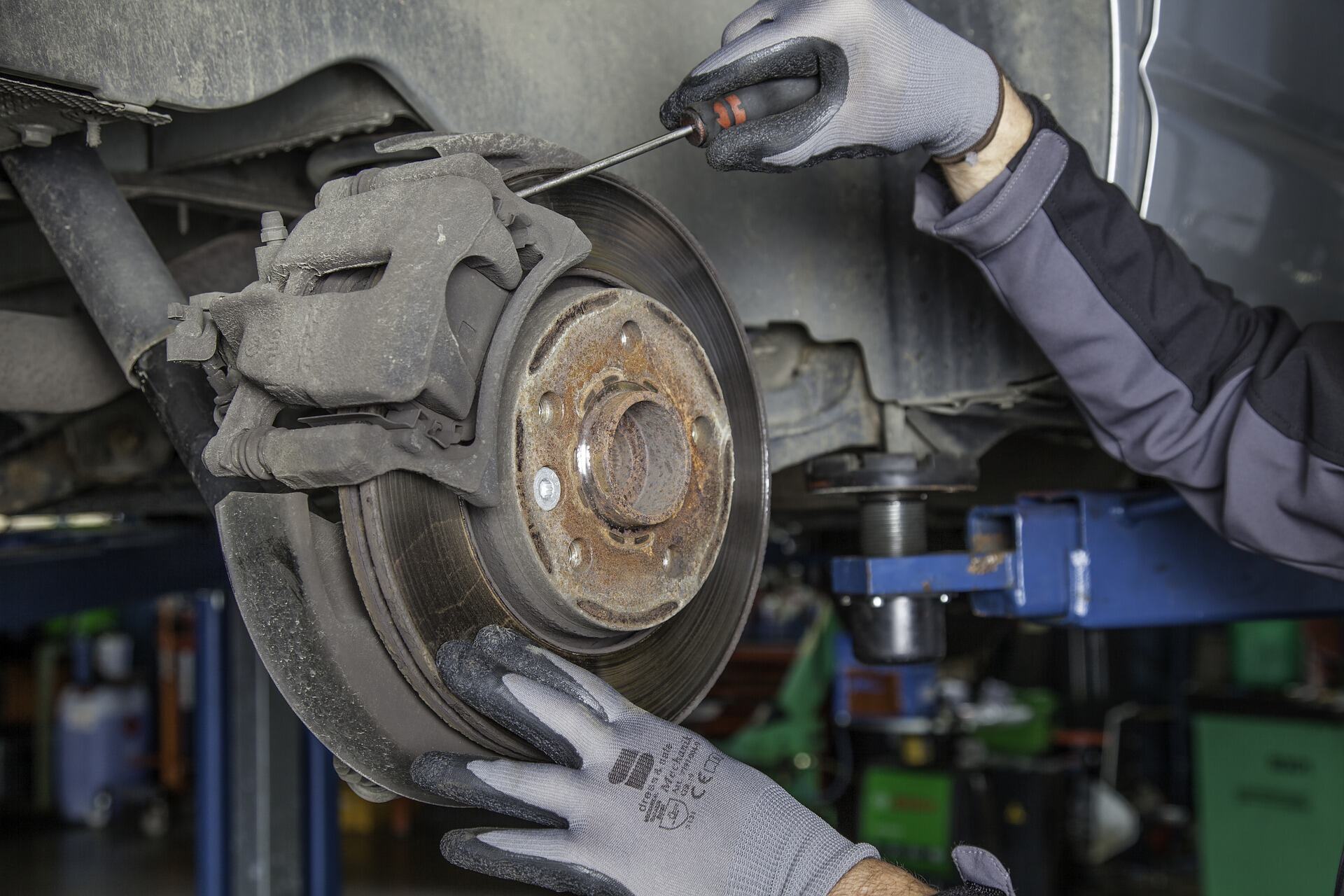

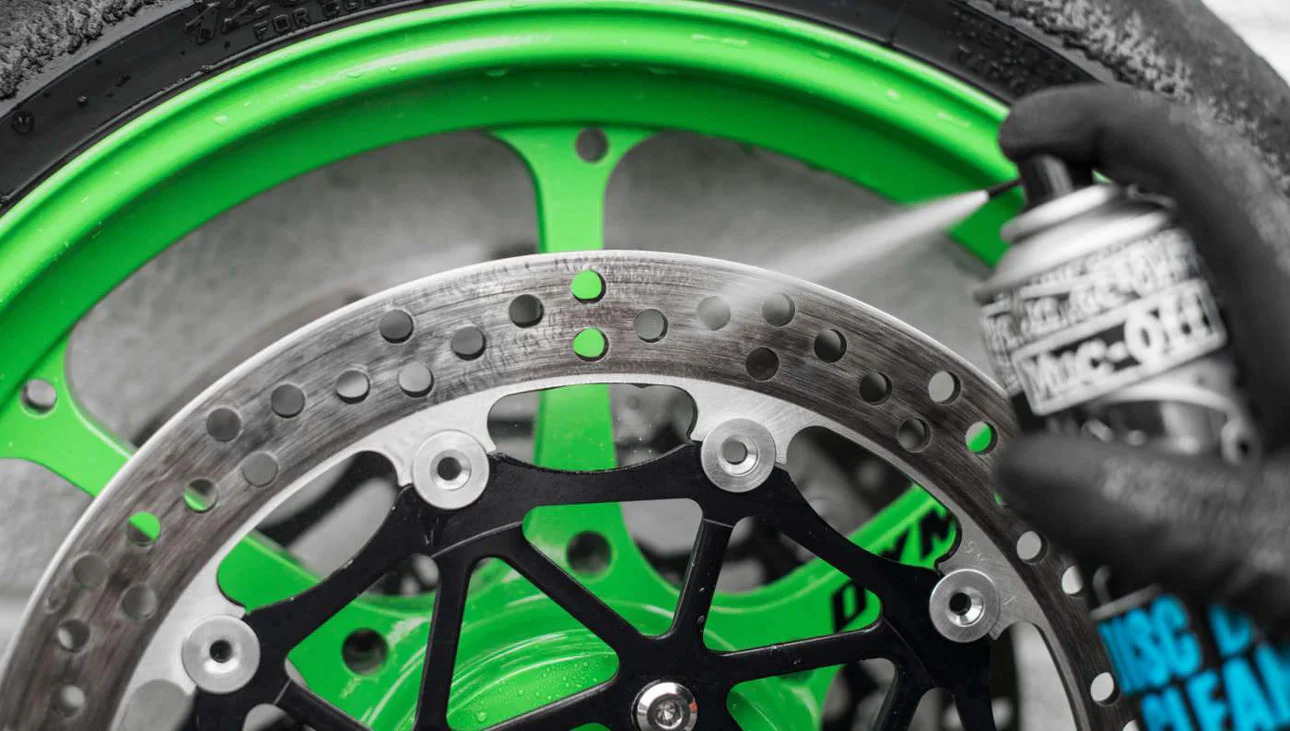

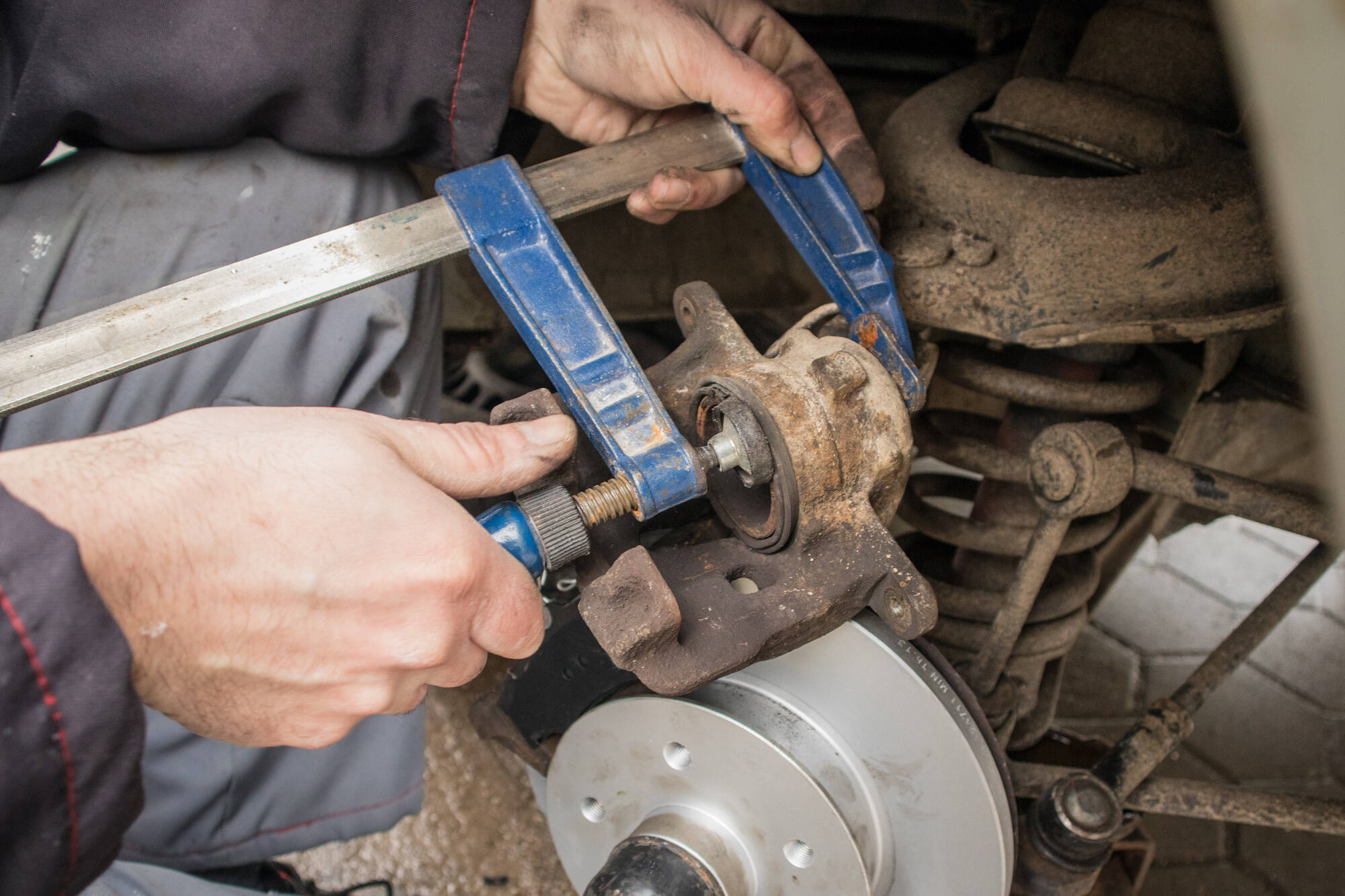
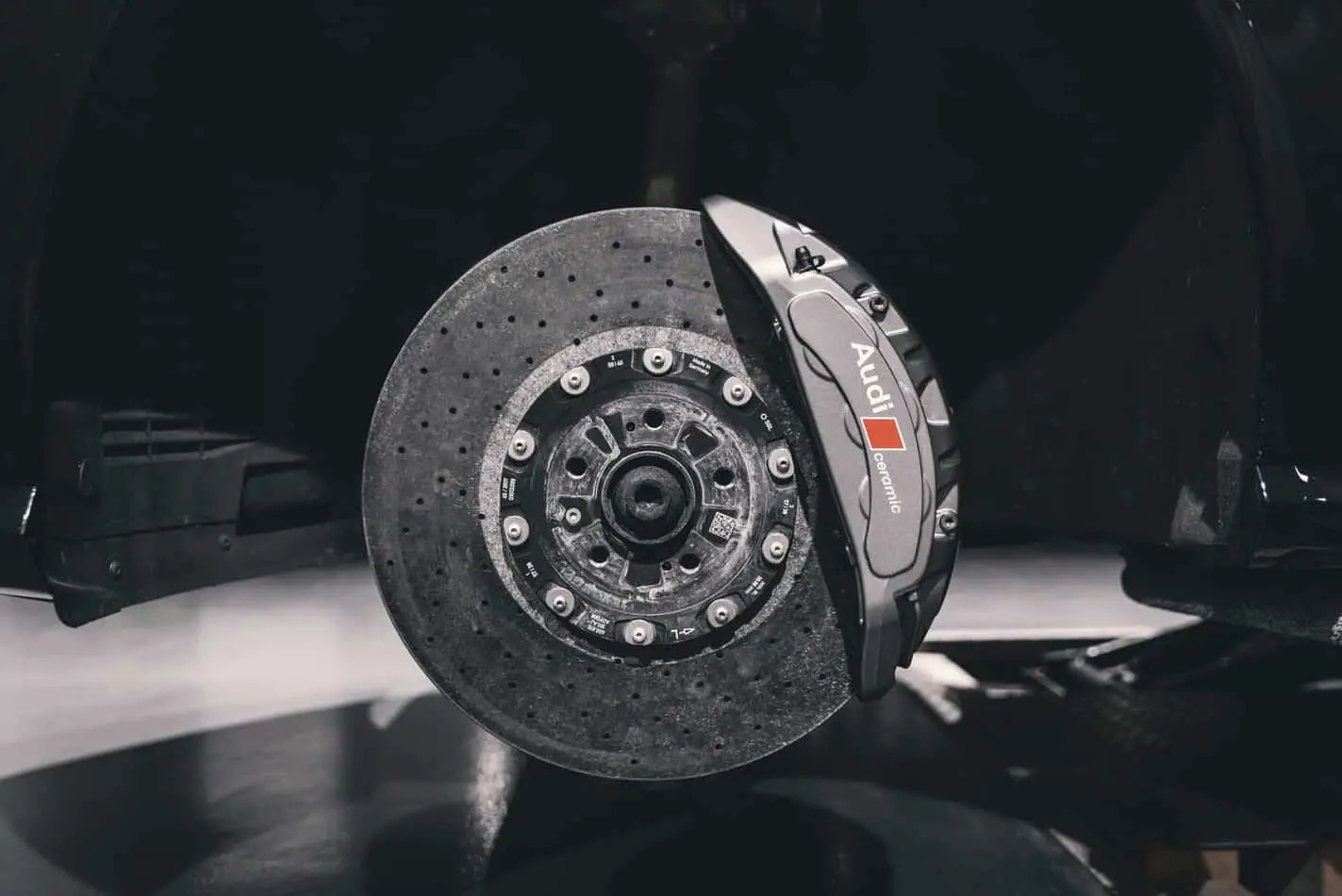
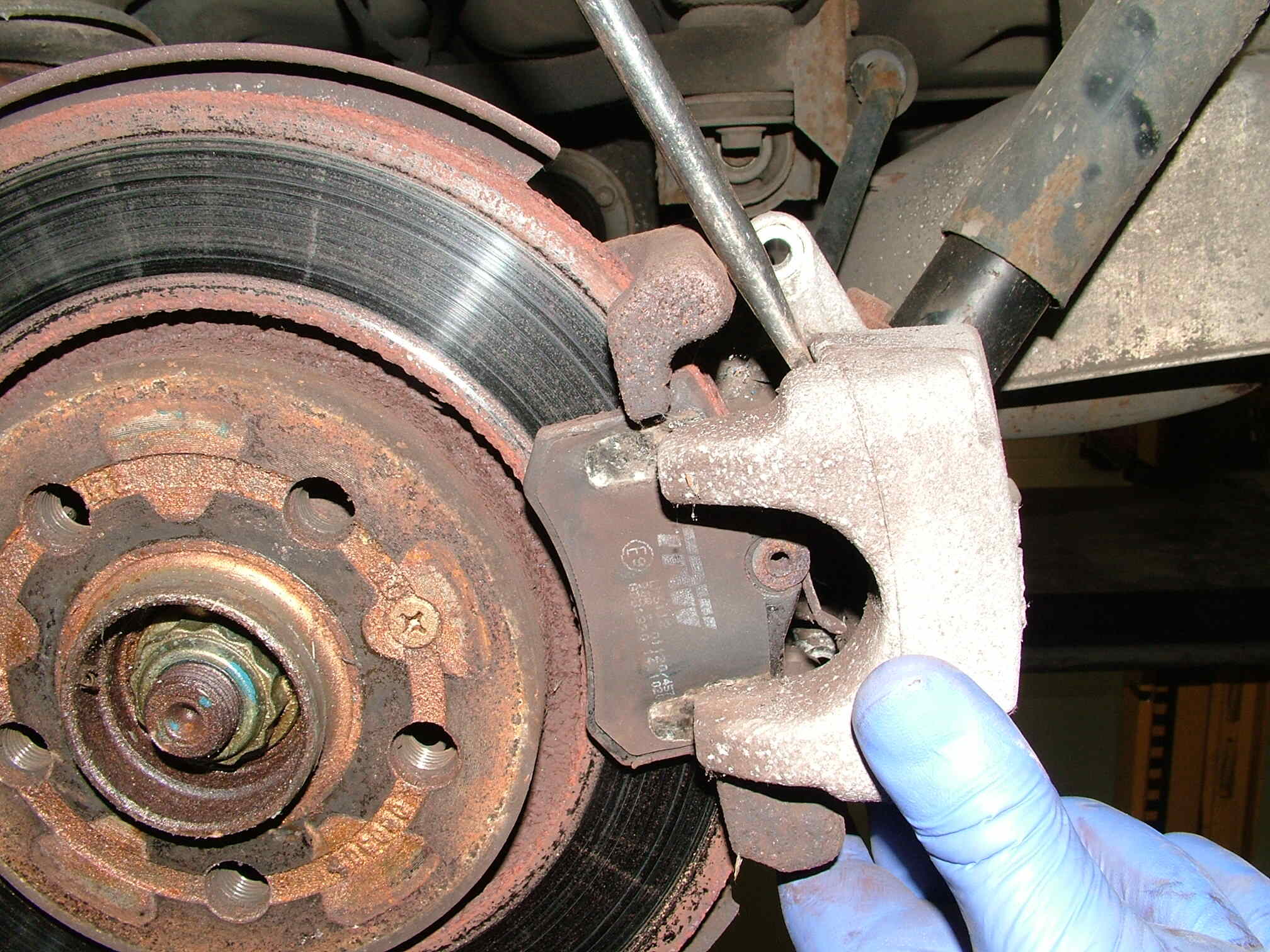
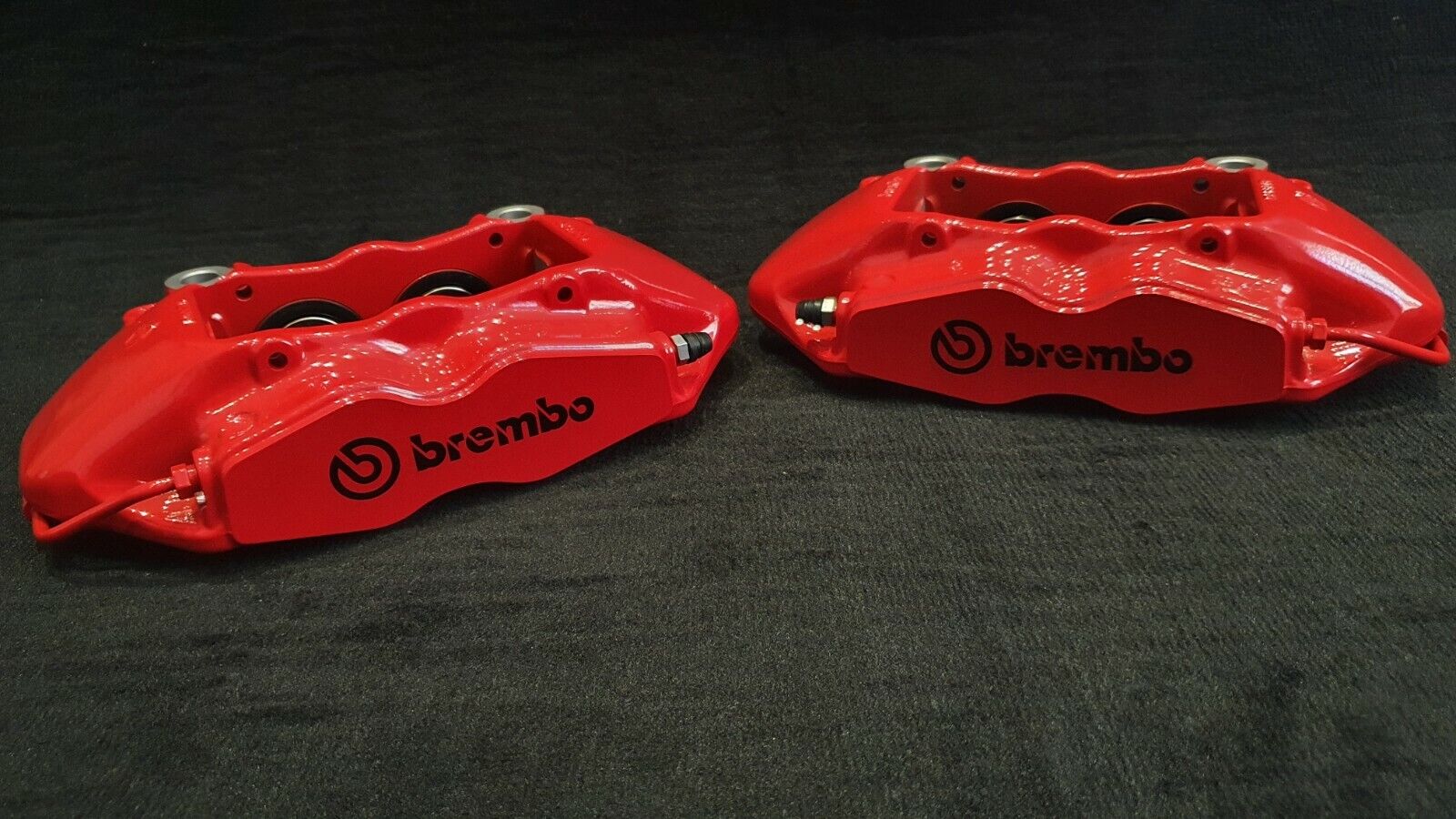
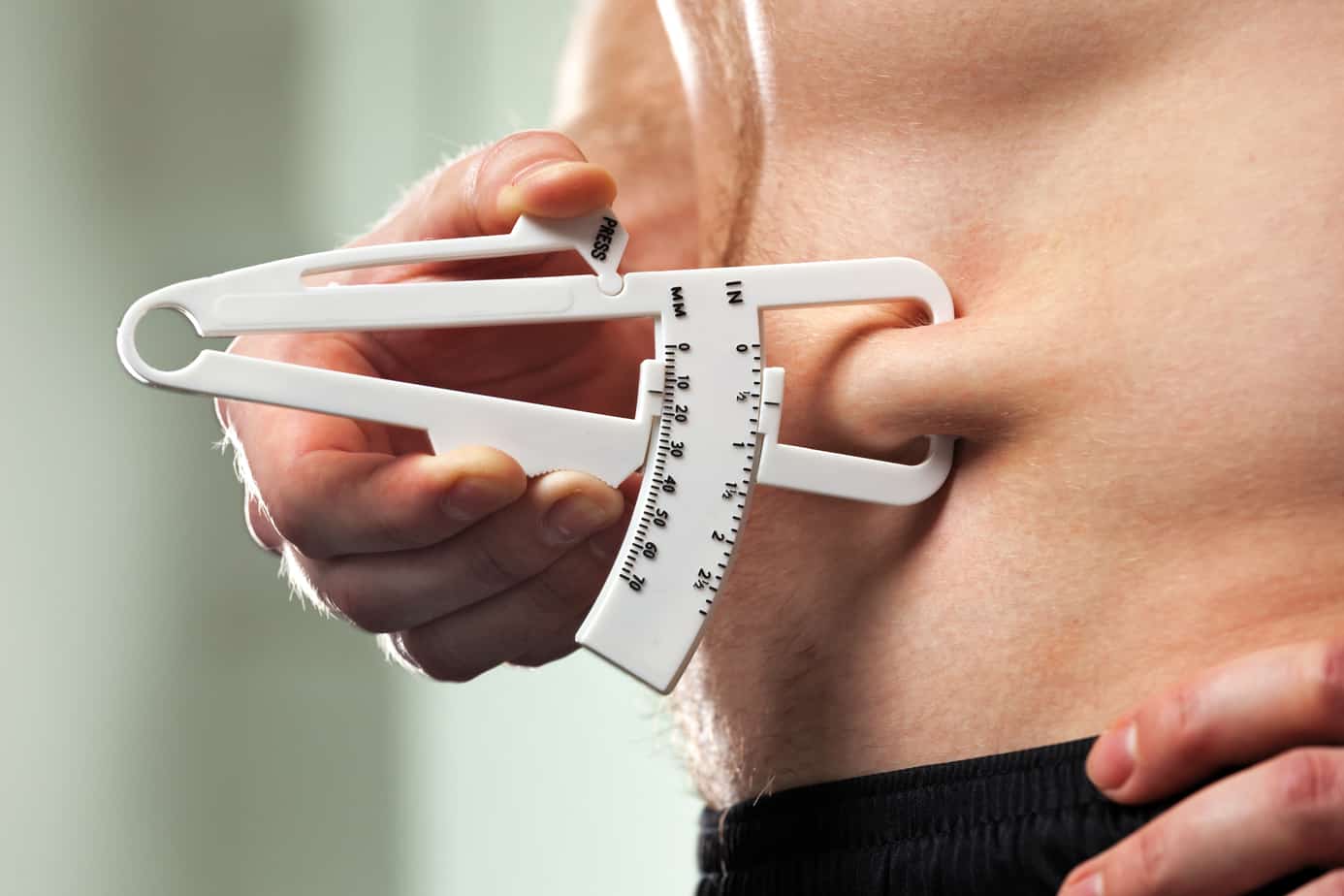

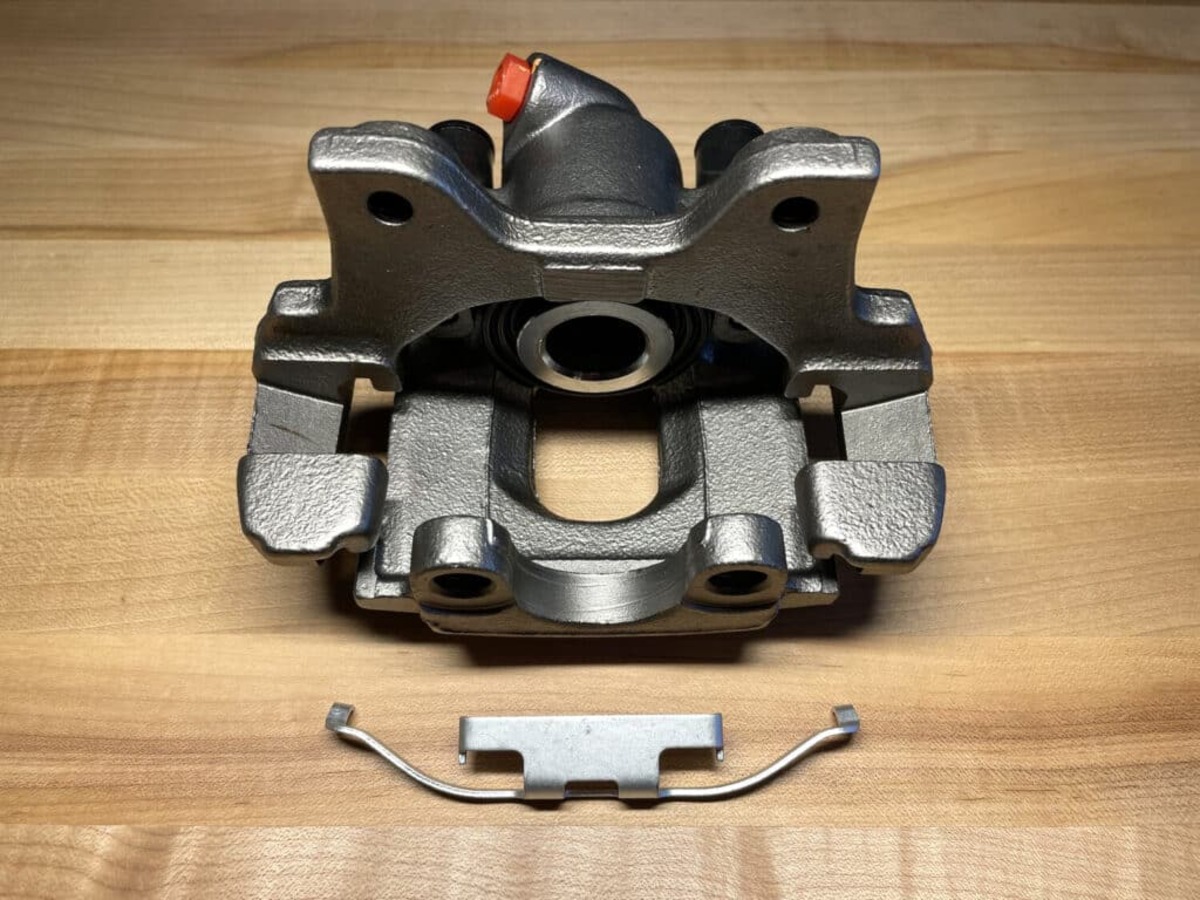
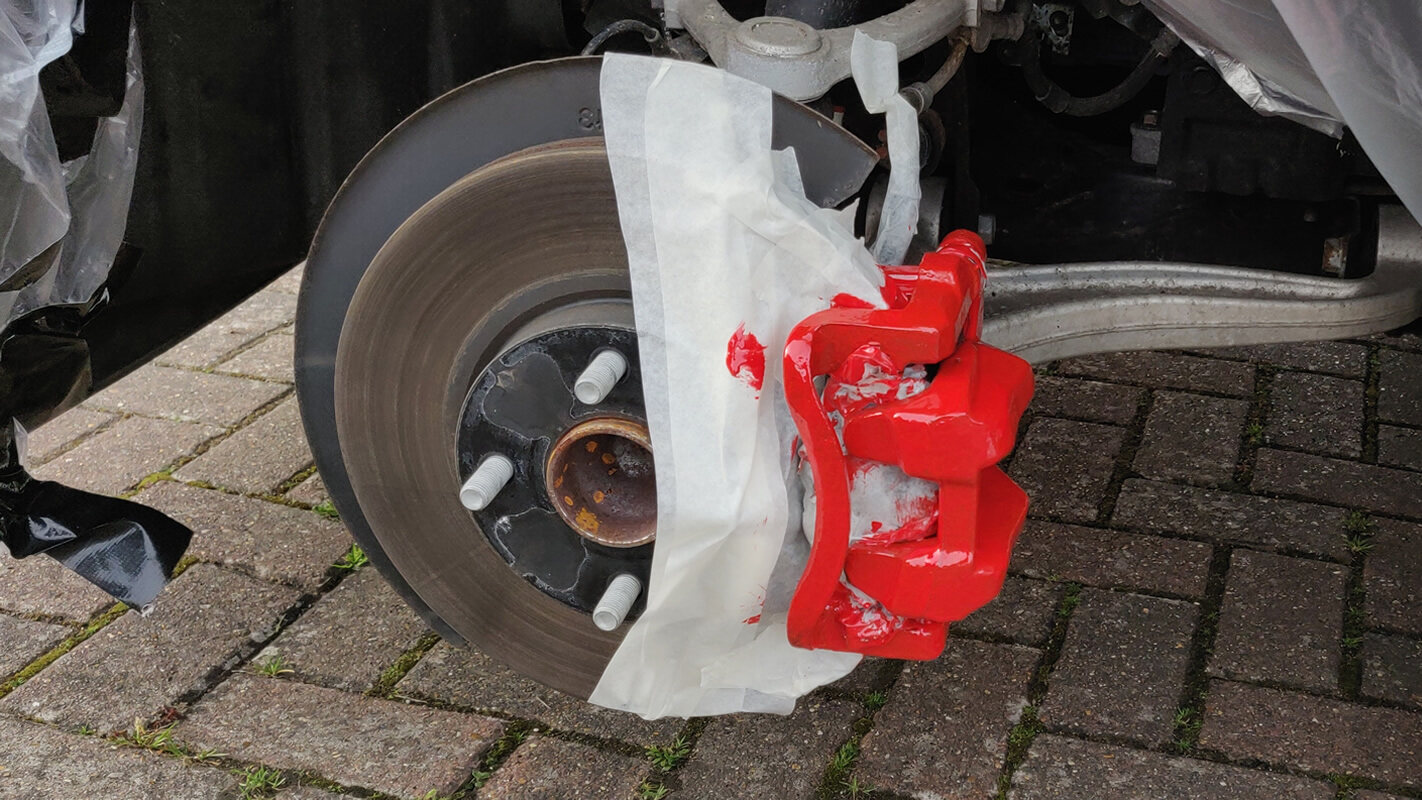
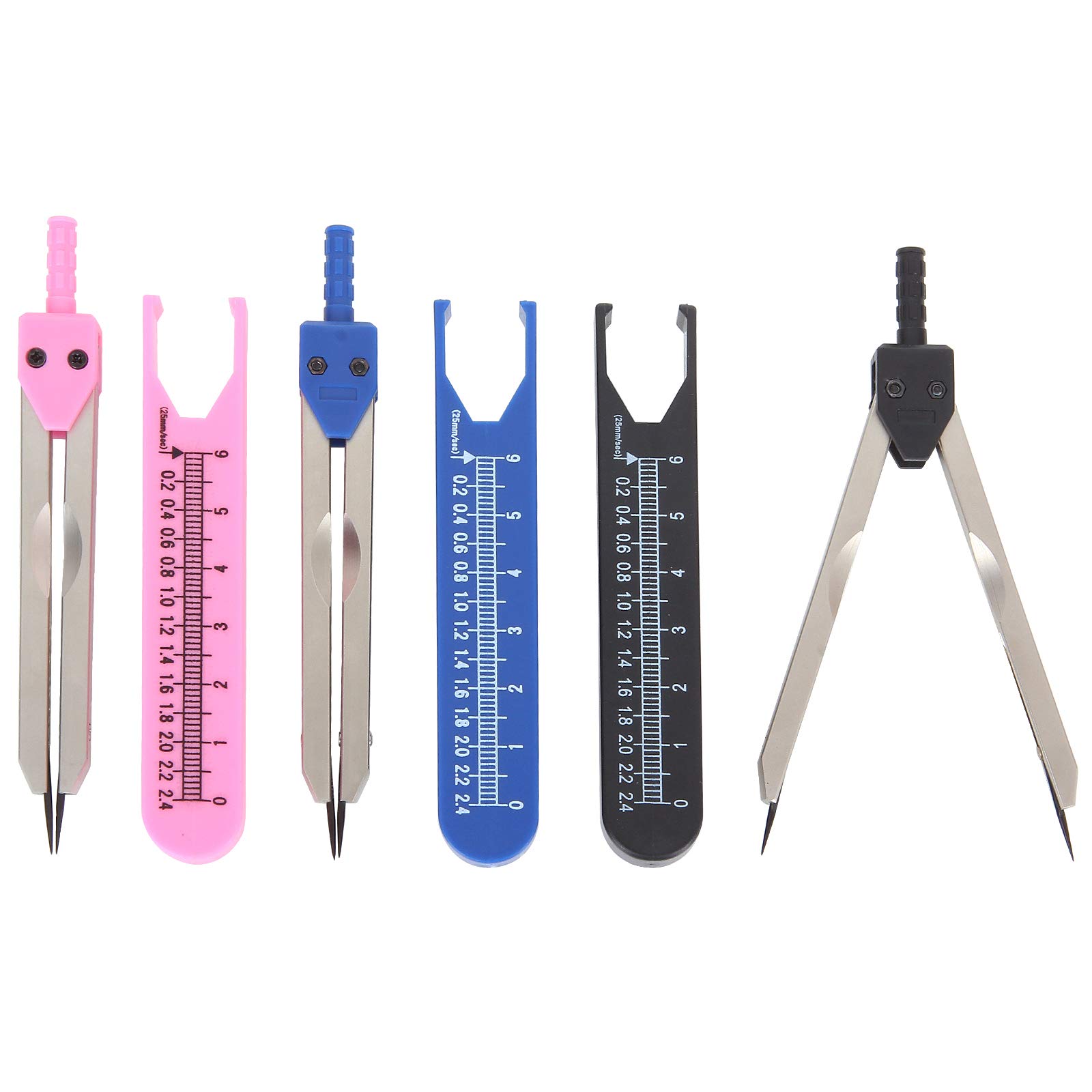

0 thoughts on “What Are The Two Types Of Calipers”